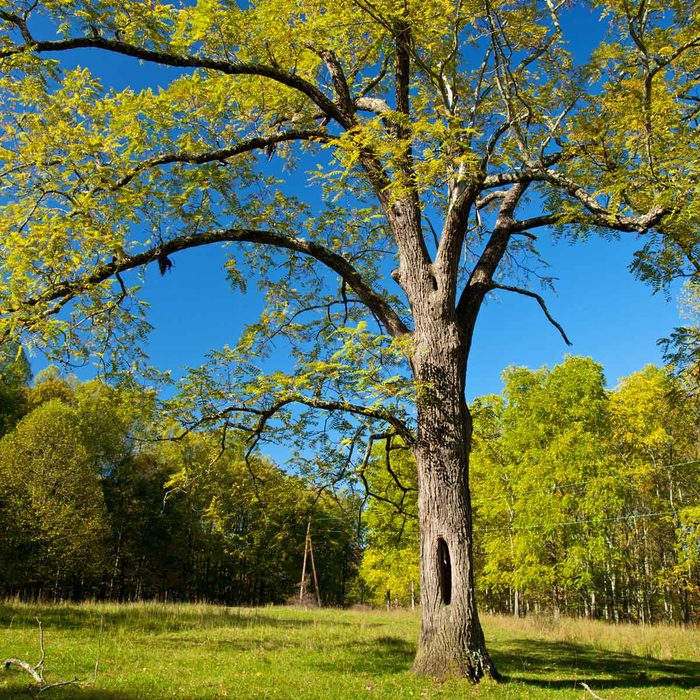
Nothing Grows Near a Black Walnut Tree
While the roots of black walnut (Juglans nigra) do release an allelopathic chemical known as juglone that inhibits the growth of some plants, there are many plants that will grow beneath and near black walnut trees. Examples for landscaping around these trees include tulips, daffodils, Japanese maple, lilac, and flowers such as foxglove, purple coneflower, begonia and impatiens. Your local cooperative extension will have a complete list for your region.
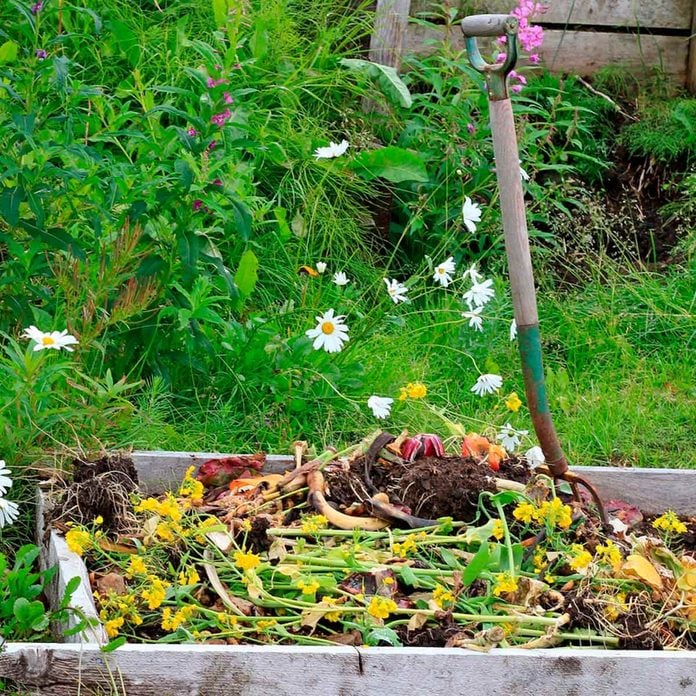
Compost Piles Smell Bad
If your compost pile has anything but a pleasant earthy smell, it is not being properly worked. Anaerobic composting means there is a lack of oxygen in the pile. It will still break down—slowly—but will have a swampy smell. Turn the pile regularly to introduce oxygen to help mitigate any odor. Add leaves and a few shovels full of soil to keep materials from turning slimy.
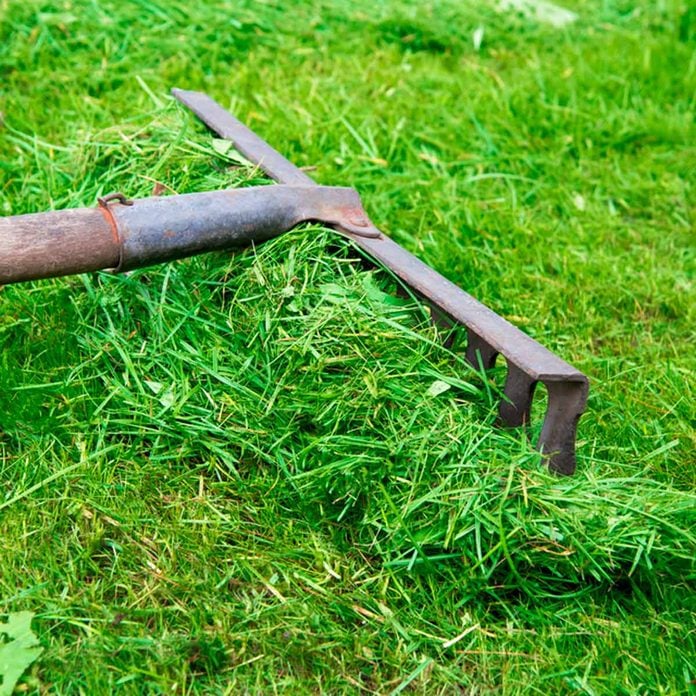
Grass Clippings Cause Thatch To Build Up
Grass clippings do not contribute to thatch—a thick layer of dead plant debris that makes it difficult for new turf to emerge. In fact, it’s advised to leave your grass clippings in place, rather than bagging them, especially if you have a mulching mower. It saves labor and the clippings are a free source of nitrogen for your lawn.
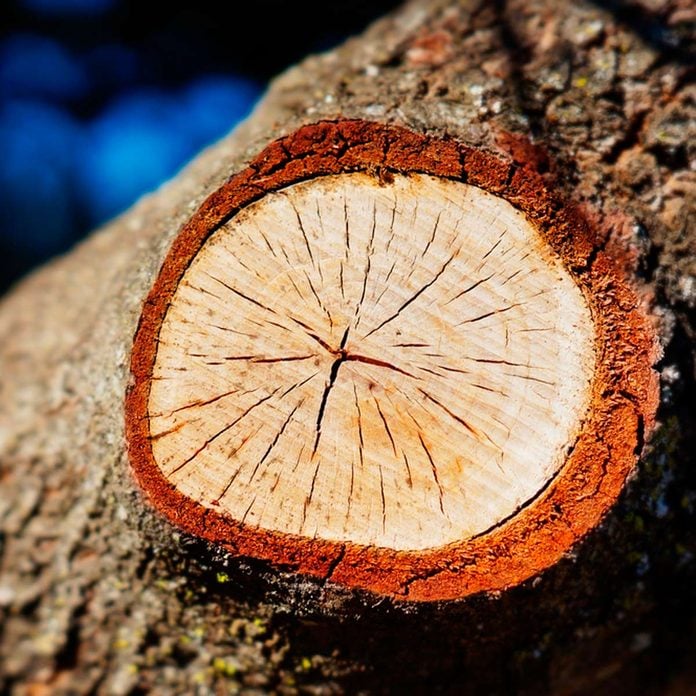
You Should Paint Tree Wounds After Pruning
This is an old practice that has fallen out of favor. In most cases, it serves no purpose and may actually negatively affect sealing of the wound. However, there are exceptions: If you are pruning a tree that could be threatened by disease-carrying beetles attracted to a fresh wound, tree-wound paint can help. Consider it for oaks and birch trees in particular.
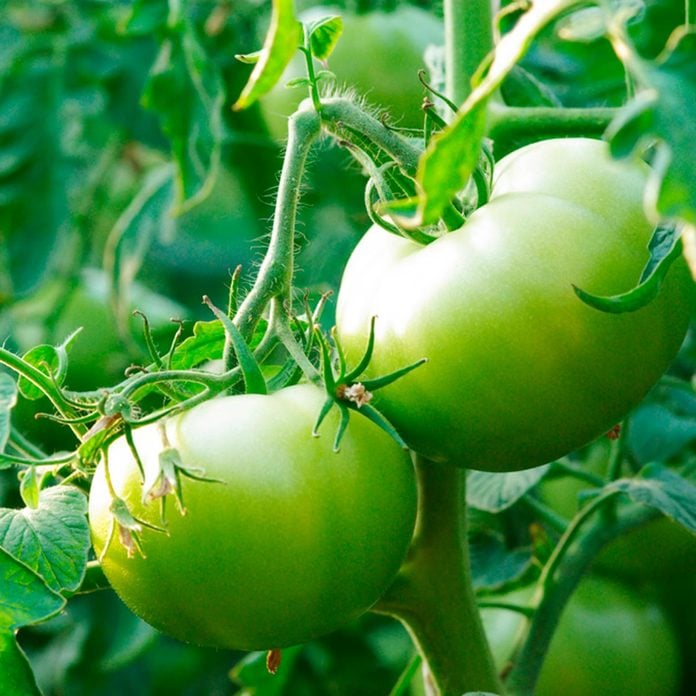
Ripen Green Tomatoes on a Sunny Window Sill
Sunlight is not needed. The best place to ripen tomatoes is in a cool basement. Wrap green tomatoes individually in newspaper, which will help contain the ethylene gas that is given off by fruit and hastens ripening.
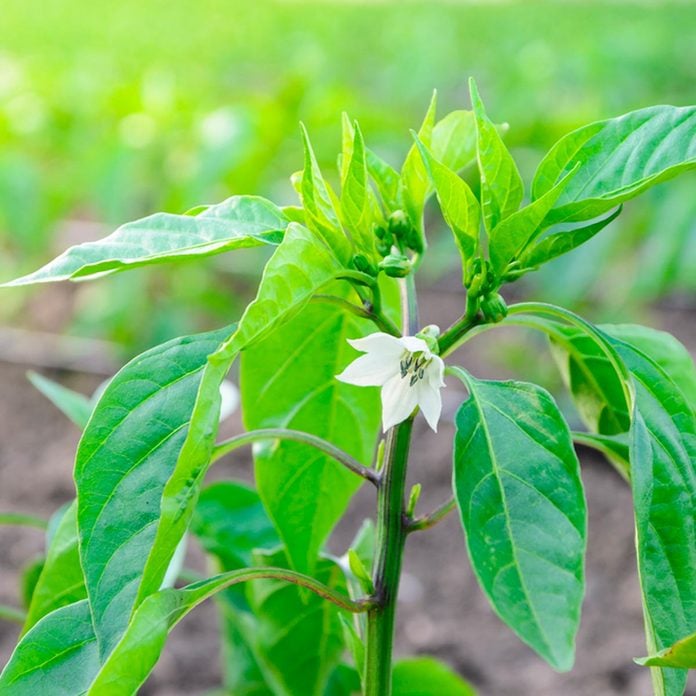
Pepper Plants Don’t Grow Fruit When the Soil Is Too Rich
Truth: While an overly rich soil will favor foliage over flowers, it won’t stop pepper plants from bearing fruit altogether. More likely it’s due to weather. A hot, drying wind will cause flowers to drop off. Also, many pepper plants are very temperature sensitive, so flowers will drop off below 55 degrees F. or above 85 degrees F.
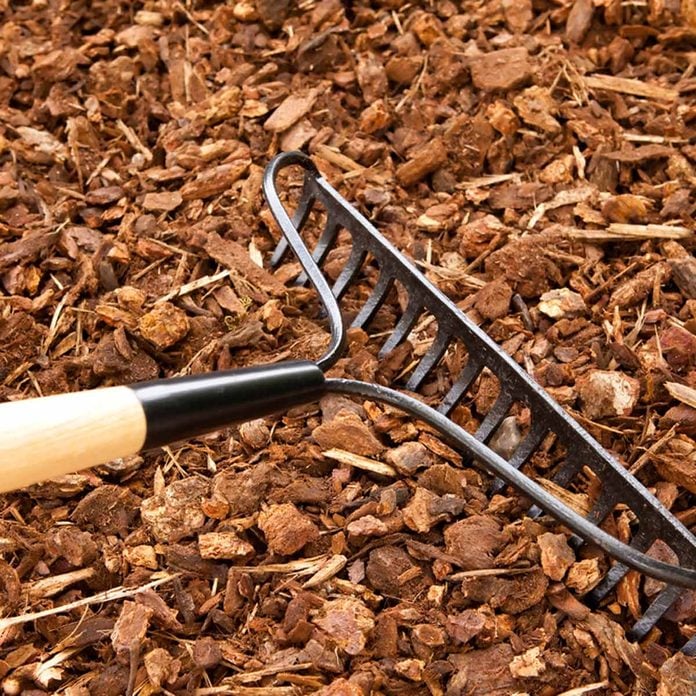
Wood Chips Make the Best Mulch
That depends on where you’re using them. They are a wonderful mulch option for a naturalistic garden, but hold too much moisture for cacti and succulents. There are caveats, too. Don’t spread them too heavily (no more than three inches thick) and don’t pile them against plant stems (they can cause problems with bugs and rot).
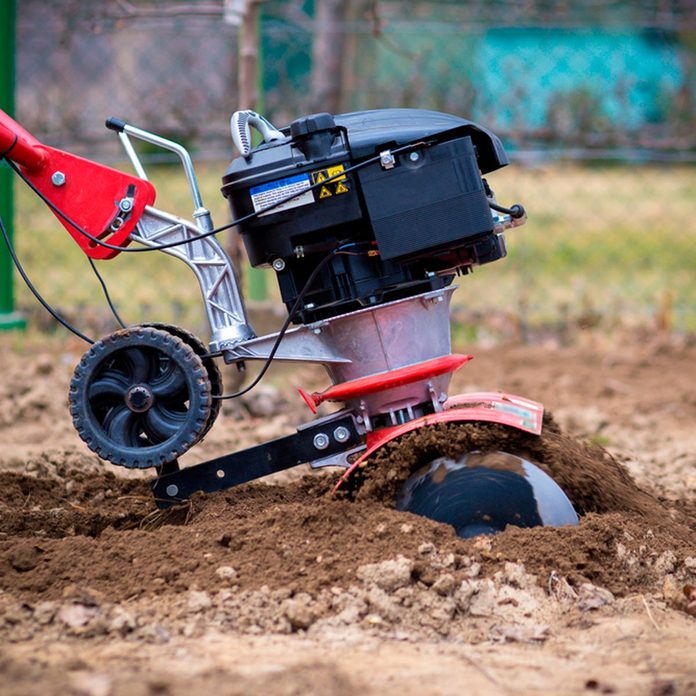
For the Best Garden Soil, Cultivate Regularly
Some cultivation is helpful with preparing garden soils that are heavy or compacted . But too much can turn the topsoil into a powdery dust that repels water and is not conducive to root growth. Also, frequent cultivation exposes more of the soil to the sun, which can dry it out and cut down of the amount of beneficial microbes.
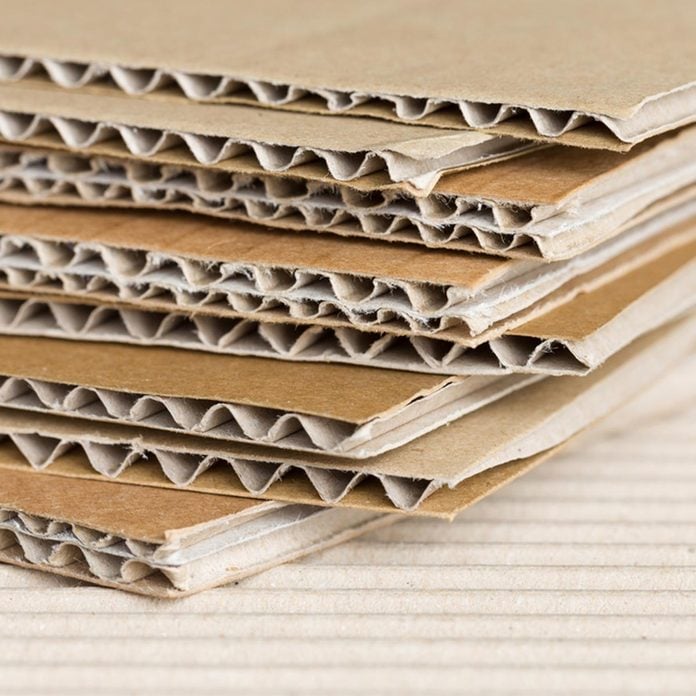
Newspaper and Cardboard Are a Great Weed Barrier
In certain situations, these materials can be used as a weed barrier and then covered with wood chips. The problem is, they can impede water penetration and gas exchange if they become too wet or too dry—or if they’re applied too heavily. Use no more than four to six sheets of newspaper or one layer of cardboard as a sheet mulch.
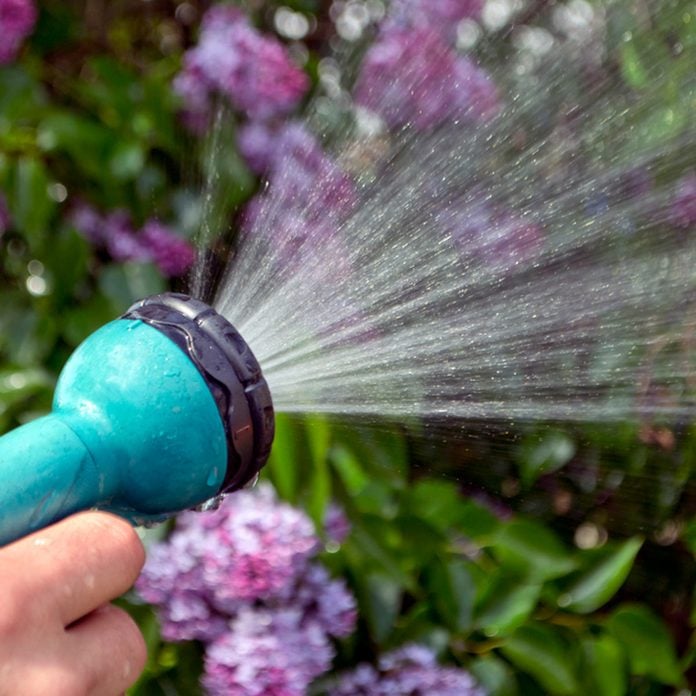
Water Plants Daily
While container plants may need daily watering, those in the landscape do not. It is better to water a couple times a week and to irrigate deeply. Shallow watering encourages roots to stay up near the surface. Instead, you want roots to grow deep so plants are more self-sufficient during dry periods. Obviously, cacti and succulents need infrequent watering.